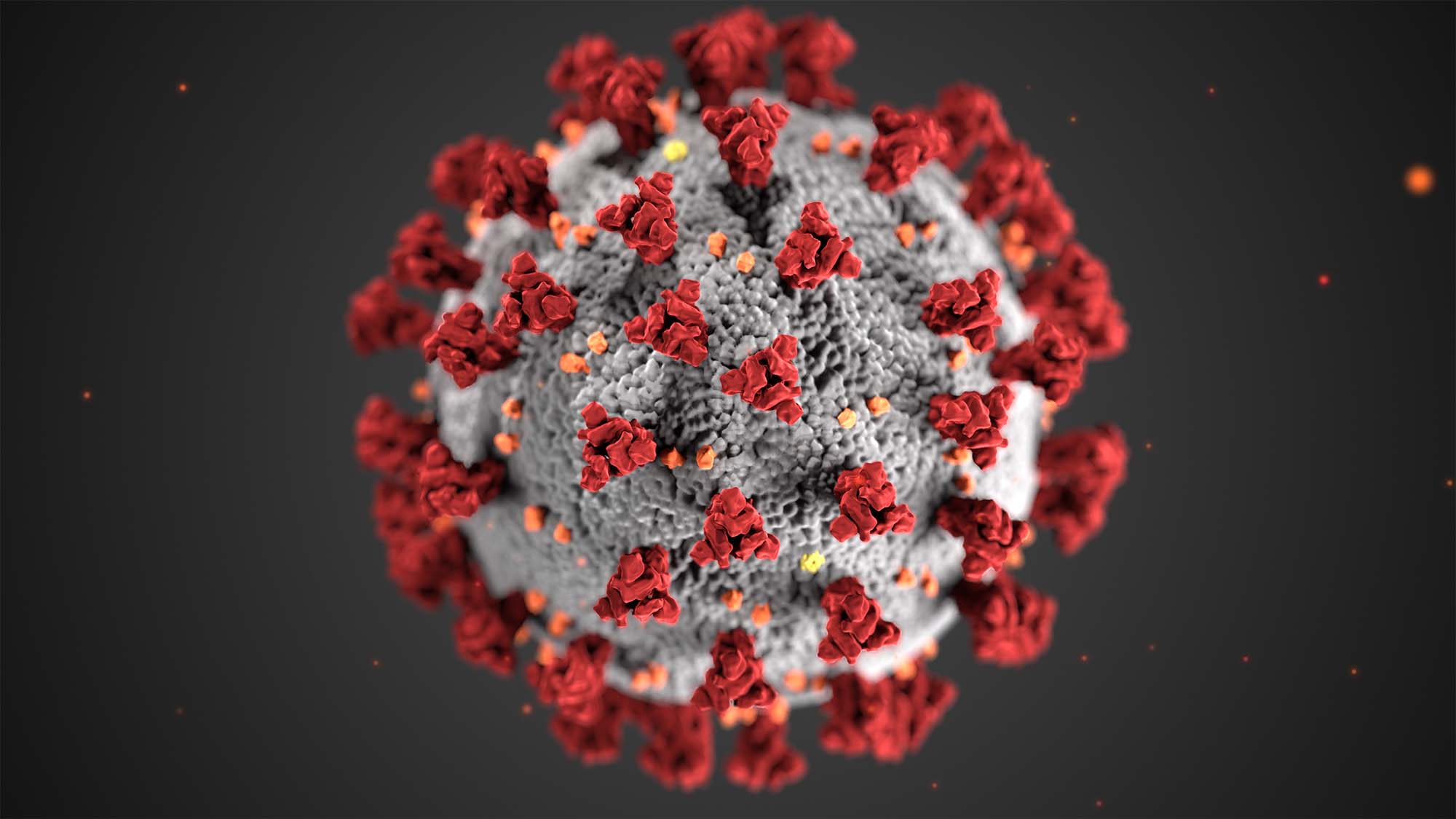
(Alissa Eckert, MSMI; Dan Higgins, MAMS)
Viral vulnerabilities, El Niño effects, and cellular machines.
How to spike COVID-19
The strength and weakness of SARS-CoV-2 is its spike: it’s what binds to cells, what vaccines train your body to recognize, and what pharmaceuticals are designed to attack. UChicago professor of molecular engineering Juan de Pablo has found another way to destabilize the COVID-19 virus, published in the September Molecular Systems Design and Engineering, using a previously unknown binding site. De Pablo’s research team has been running advanced computational simulations throughout the pandemic to analyze different proteins that help the virus replicate or infect cells—proteins that drugs could potentially target. This study examined how compounds might bind to those proteins in ways that compromise the whole virus. They discovered that luteolin—a natural compound found in some herbs, fruits, and vegetables—affects the virus in this manner, potentially leading to new treatments for COVID-19.
Tiny transit
Living cells are delicate machines, engineered to take in molecules, like glucose, and expel waste using energy to overcome nature’s tendency toward equilibrium. This process is called “active transport.” Scientists have found it difficult to create synthetic systems capable of such self-powered processes, but a September Nature paper coauthored by UChicago physicist William Irvine describes how the team succeeded in designing inorganic, microscopic, mechanical capsules able to collect, carry, and release cargo on demand. The red blood cell–sized capsule has a thin, hardened oil shell that mimics a cell membrane, with a tiny hole for molecule transit. Inside sits a chemical reaction–driven pump that vacuums or expels a payload when exposed to light or a pH change. Potential applications of these synthetic transporters include targeted drug delivery, robotic designs, and pollution remediation.
Hunger forecast
Malnutrition in childhood can cause lifelong damage, in particular by stunting growth, and a major source of child hunger is El Niño events. The resulting shifts in weather patterns can decrease agricultural output, disrupt social stability, and spread infectious diseases. An October Nature Communications study coauthored by environmental and development economist Amir Jina found that one severe El Niño event can leave nearly six million children underfed. Using data spanning four decades, the team determined that warmer, drier El Niño conditions increase child hunger across most of the tropics, where 20 percent of children are already undernourished. During an intense 2015 event, the number of children at or under the World Health Organization’s threshold for severely underweight jumped by almost 6 percent. El Niño cycles can be forecast up to half a year in advance, and metrics on child malnutrition may help organizations fighting world hunger plan accordingly.
